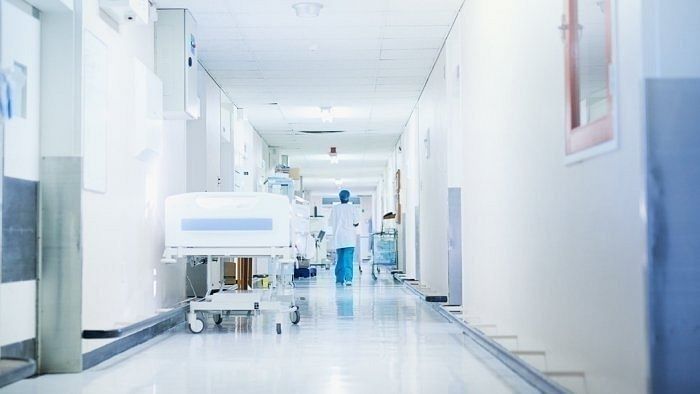
The National Health Account (NHA) Estimates 2019-20, which were released last week, send out mixed signals about an important area of government spending and its impact on people’s lives. The report shows there has been a consistent increase in government spending on health and a fall in out-of-pocket expenditure by people on their healthcare needs.
The government spent 1.35 per cent of the GDP on healthcare during the year, and it marked an increase from a slight decline seen in the previous. The out-of-pocket expenditure, at 47.1 per cent, was 15.5 percentage points lower than in 2015.
The report also showed that a major chunk of the government’s health spending was in the primary sector. The health accounts estimates show the country’s total expenditure on healthcare, and that includes expenditure made by the government, private sector, NGOs, and individuals.
While these seem to be good signs of an improved government role in the health sector, a nuanced reading would give the figures a different interpretation. The increase in spending has been claimed to be a great achievement and part of a major increase in the government’s social security budget. But it has been pointed out that the increase in government health expenditure as a percentage of GDP includes the spending on infrastructure building, too.
Internationally, the spending on current health needs is taken into account as health expenditure and infrastructure spending accounted for separately. Seen from that perspective, health expenditure in terms of GDP is very low in India.
The small increase in percentage in the NHA has also been explained as the result of the GDP shrinking in 2020 due to Covid. It has been argued that the total spending on health has gone down from 3.9 per cent of GDP in FY2015 to 3.3 per cent in FY2020.
Health is a state subject and states should increase their spending on health. The National Health Policy, 2017, has a set a target of 8 per cent of the states’ budget for health expenditure.
But only Delhi, Kerala, Puducherry, Goa and Meghalaya have achieved the target. The central government should extend more support to states in this respect. The absolute increase in health expenditure, improvement in infrastructure and better access to cheaper medicines and the wider spread of health insurance are welcome trends. But they have to be seen in the context of increasing population, decline in spending power, and the serious shortage of physical and human infrastructure.
The country has to go much faster to achieve even the minimum needs and goals of healthcare for all people. States should move toward implementing the idea of the right to health. Rajasthan has taken the first step towards this.